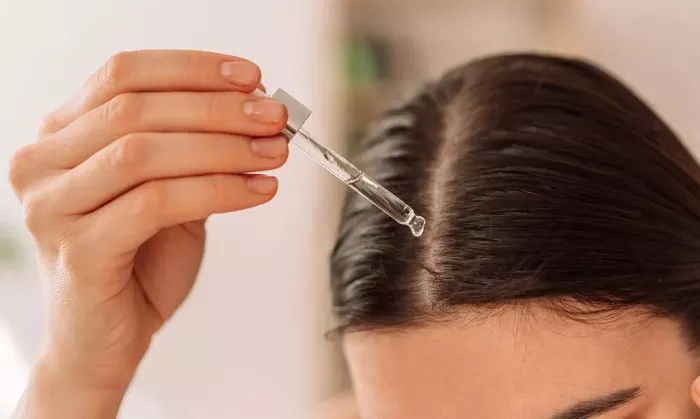Hair thinning, especially around the edges of the scalp, can be a sensitive and frustrating experience. Whether the cause is hormonal shifts or tension from styling, restoring hair growth often begins with choosing the right type of product. While both hair oils and serums promise results, their formulations and functions are distinctly different. To determine which works best, two trichologists break down the science behind each approach.
Understanding the Formulations
At the core of the debate between oils and serums is how they interact with the scalp. Hair serums, typically water- or liquid-based, are designed to penetrate the scalp and deliver active ingredients directly to the follicles.
“These products should be applied directly to the scalp for maximum effect,” explains Kerry E. Yates, trichologist and founder of Colour Collective. “Serums help establish a healthy scalp environment, which is essential for supporting follicle health.”
In contrast, hair oils offer a thicker, more emollient formulation. While they don’t absorb as deeply as serums, their role is to nourish and hydrate the scalp surface. “Hair oils are packed with lipids that seal in moisture,” says trichologist Mandy Buechner. “When used with scalp massage, oils can promote better circulation and alleviate tension—two key factors for maintaining scalp health and, in turn, encouraging growth.”
The Pros and Cons of Each
Each product type comes with its own set of benefits—and drawbacks.
Serums deliver potent actives but often require consistent, long-term use. “Some formulas, especially those containing alcohol or exfoliating agents, may feel drying,” Buechner cautions. She recommends pairing serums with a moisturizing leave-in conditioner if dryness occurs. On the upside, serums are less likely to cause buildup and are generally well-suited for daily application.
Oils, on the other hand, are deeply moisturizing but can lead to scalp buildup if overused. “Some oils are comedogenic and may clog hair follicles, which could inhibit growth,” Buechner notes. Yates adds that oils are best used as a pre-wash treatment to avoid interfering with other scalp-targeting products.
Application Techniques Matter
According to both experts, how you apply your hair product is nearly as important as what you use. Scalp massage is highly recommended for both serums and oils.
“Massaging the scalp for a minimum of four minutes daily improves circulation, relieves tension, and supports hair retention,” says Yates.
The timing and order of application also affect results. Oils should be massaged into the scalp and left on for several hours or overnight before washing. Serums, by contrast, should be applied to a clean, dry scalp and focused on thinning areas to maximize absorption of the active ingredients.
While it may be tempting to use both a serum and oil together, the experts advise against it. “Layering oil over serum can block absorption and reduce effectiveness,” says Buechner. “Stick to one targeted approach at a time.”
So, Which Is Better for Hair Growth?
Both serums and oils offer benefits, but when it comes to stimulating regrowth—particularly along thinning edges—experts agree that serums have the advantage. With their ability to deliver scalp-penetrating actives directly to the follicles, liquid-based serums are better suited for promoting new hair growth and improving overall scalp health.
“In terms of growth stimulation, serums come out on top,” says Yates. “They target the root of the problem—literally.”
Related Topics:
- How Often to Wash Fine Hair Guide?
- How Often Should I Wash Dyed Hair?
- How to Rehydrate Hair Effectively?


